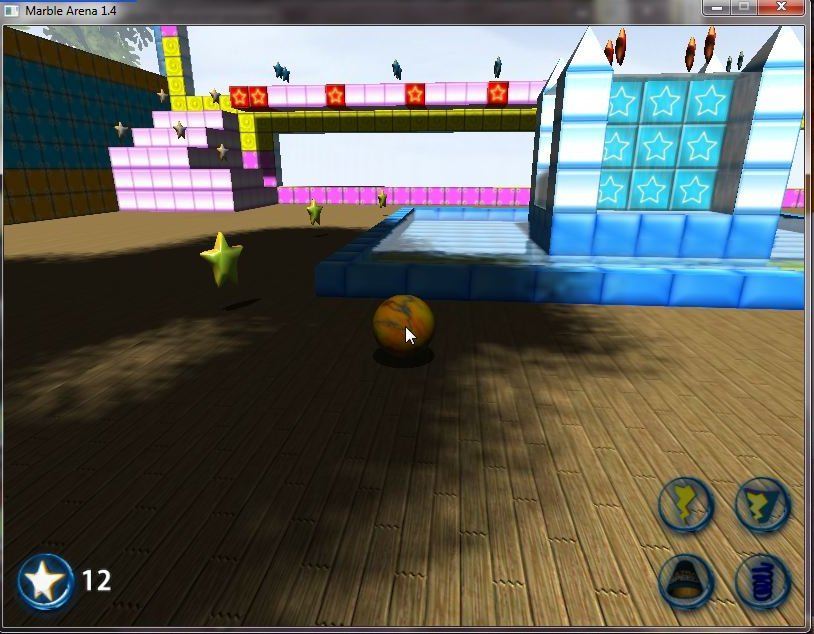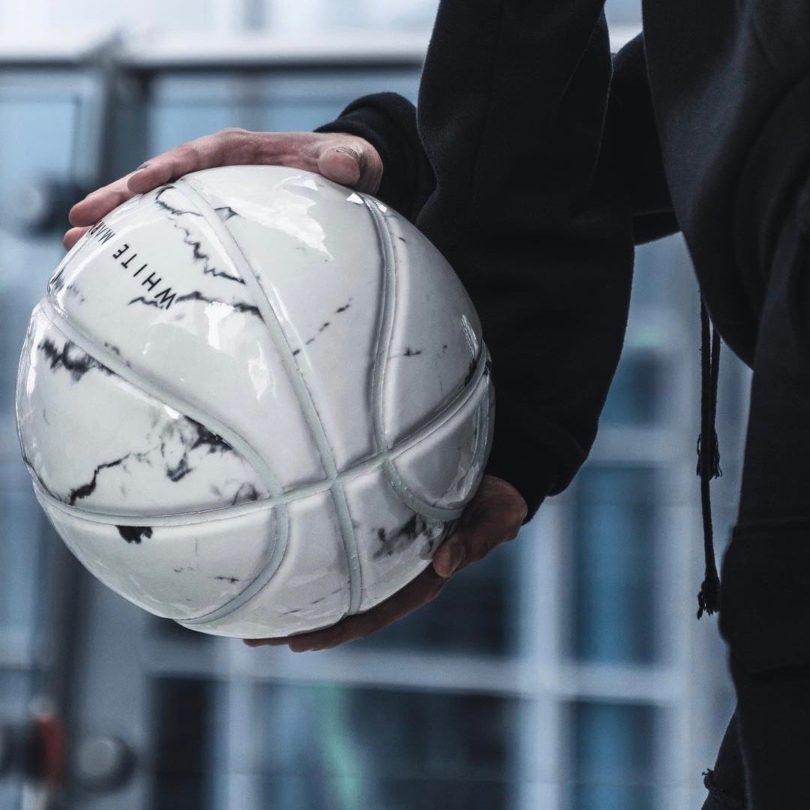

The new stadium was built completely of ashlar masonry in Pentelic marble, using minimal concrete. Marble chair from the stadium in the British Museum Donald Kyle suggests that it is possible that Lykourgos did not build but "renovated or embellished a pre-existing facility to give it monumental stature." According to Richard Ernest Wycherley the stadium probably had stone seating "only for a privileged few." Reconstruction by Herodes Atticus According to Romano the "reference to the large number of oxen, indicating a vast undertaking, and the use of the word charadra have suggested the kind of building activity that would have been needed to prepare the natural valley between the two hills near the Ilissos." The stadium of Lykourgos is believed to have been completed for the Panathenaic Games of 330/329 BC. IG II² 351 (dated 329 BC), records that Eudemus of Plataea gave 1000 yoke of oxen for the construction of the stadium and theater. In the Lives of the Ten Orators Pseudo-Plutarch writes that a certain Deinas, the owner of the property where the stadium was built was persuaded by Lykourgos to donate the land to the city and Lykourgos leveled a ravine. The track was 669 feet (204 m) long and 110 feet (34 m) wide.

Tiers of stone benches were arranged around the track. In the 4th century BC the Athenian statesman Lykourgos (Lycurgus) built an 850-foot (260 m) long stadium of Poros limestone. The racecourse had no formal seating and the spectators sat on the natural slopes on the side of the ravine. It hosted the Panathenaic Games (also known as the Great Panathenaea), a religious and athletic festival celebrated every four years in honour of the goddess Athena. Originally, since the 6th century BC, a racecourse stood at the site. Until the 1950s, the Ilissos River (which is now covered by (and flowing underneath) Vasileos Konstantinou Avenue) ran in front of the stadium's entrance, with the spring of Kallirrhoe, the sanctuary of Pankrates (a local hero), and the Cynosarges public gymnasium nearby. It is now located in the central Athens district of Pangrati, to the east of the National Gardens and the Zappeion Exhibition Hall, to the west of the Pangrati residential district, and between the twin pine-covered hills of Ardettos and Agra. The stadium is built in what was originally a natural ravine between the two hills of Agra and Ardettos, south of the Ilissos river. It is also the last venue in Greece from where the Olympic flame handover ceremony to the host nation takes place. It is the finishing point for the annual Athens Classic Marathon. It was used for various purposes in the 20th century and was once again used as an Olympic venue in 2004. After being refurbished, it hosted the opening and closing ceremonies of the first modern Olympics in 1896 and was the venue for 4 of the 9 contested sports. The stadium was excavated in 1869 and hosted the Zappas Olympics in 18. After the rise of Christianity in the 4th century it was largely abandoned. It was rebuilt in marble by Herodes Atticus, an Athenian Roman senator, by 144 AD it had a capacity of 50,000 seats. 330 BC, primarily for the Panathenaic Games. Ī stadium was built on the site of a simple racecourse by the Athenian statesman Lykourgos (Lycurgus) c. One of the main historic attractions of Athens, it is the only stadium in the world built entirely of marble.


"beautiful marble") is a multi-purpose stadium in Athens, Greece. Between 20, this round was a single game known as the "Opening Round." In 1983, there were four games in the Opening Round with two games in Philadelphia and two games in Dayton.


 0 kommentar(er)
0 kommentar(er)
